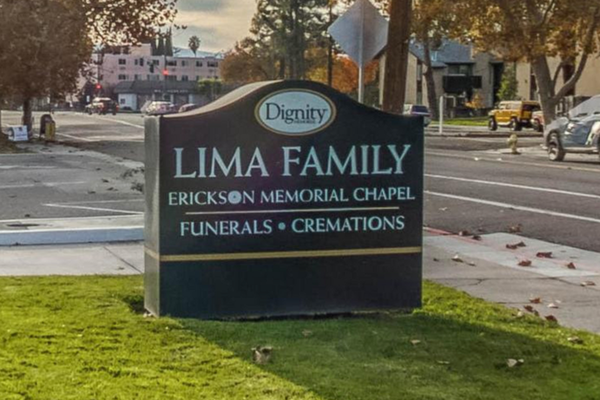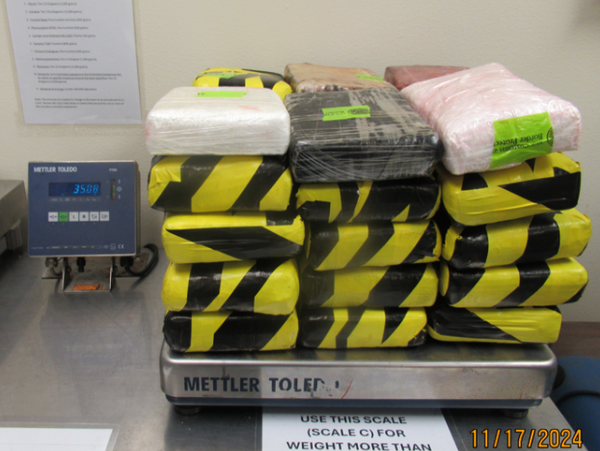
In my last column, I discussed a few ways to begin a slow blues solo. I’d now like to talk about approaches to wrapping it up, which is an entirely different matter.
The most important part of a slow blues solo is how to get out of it! At that tempo, I typically like to take two or three choruses, tops. If I take two, I might play the first in a lower register and work my way up into a higher register. It depends on my mood, though.
I might just keep all of it really quiet and end the solo with a low, held root note. As shown in the key of C in Figure 1, a sustained high C is followed by a classic B.B. King-style “stab” on a C13 chord voicing, and then boom — back to the verse.
One of the greatest live blues albums of all time is B.B. King’s Live at the Regal, which includes the slow blues medley, Sweet Little Angel/It’s My Own Fault/How Blue Can You Get? The way B.B. builds the power and emotion through this medley is a lesson in slow blues perfection.
Most often, the intensity of a solo escalates as it progresses, as the phrases build in length, complexity and speed and culminate with something that’s hopefully impactful and memorable.
Figure 2 offers an eight-bar soloing example in the key of C that begins with a classic B.B.-style lick, starting with a slide up to the G string’s 12th fret, followed by two heavily vibrato-ed high C root notes and then the 4th, F, which I then bend up a whole step up to G, followed by a quick minor 3rd, Eb, then another heavily vibrato-ed C.
On beat 3 of bar 1, I shift up to 13th position and remain anchored here for a long stream of fast, intense licks that I perform with lots of hammer/pulls on the top two strings.
Through beats 1 and 2 of bar 2, these hammer/pulls on the 1st string move between F and G, and for beats 3 and 4, I shift down to the 2nd string to play similar hammer/pulls between C and Eb before sliding up to 15th/16th position at the end of bar 2. I remain here through all the fast phrases in bar 3, after which I shift back down to 13th position at the start of bar 4.

Bar 5 begins with a shift back up the fretboard for more “high note activity,” after which I work my way back down to 8th position, wrapping up in bars 7 and 8 with simple phrases that clearly outline the closing I - IV - I - V turnaround (C7-F7-C7-G7) and ending with a B.B.-style stab and slide down from the highest C note on the instrument.
Sometimes, you use the guitar almost as a weapon to push people back in their seats, but they know it’s going to end. It’s a conversation between you and your audience. And I’d be remiss if I didn’t mention the “Jeff Beck” method of ending a slow blues solo.

As shown in Figure 3, I play a series of aggressive high bends, followed by a pick slide down the wound strings. Works every time, although you’ll ruin your pick. But that’s a small price to pay!







